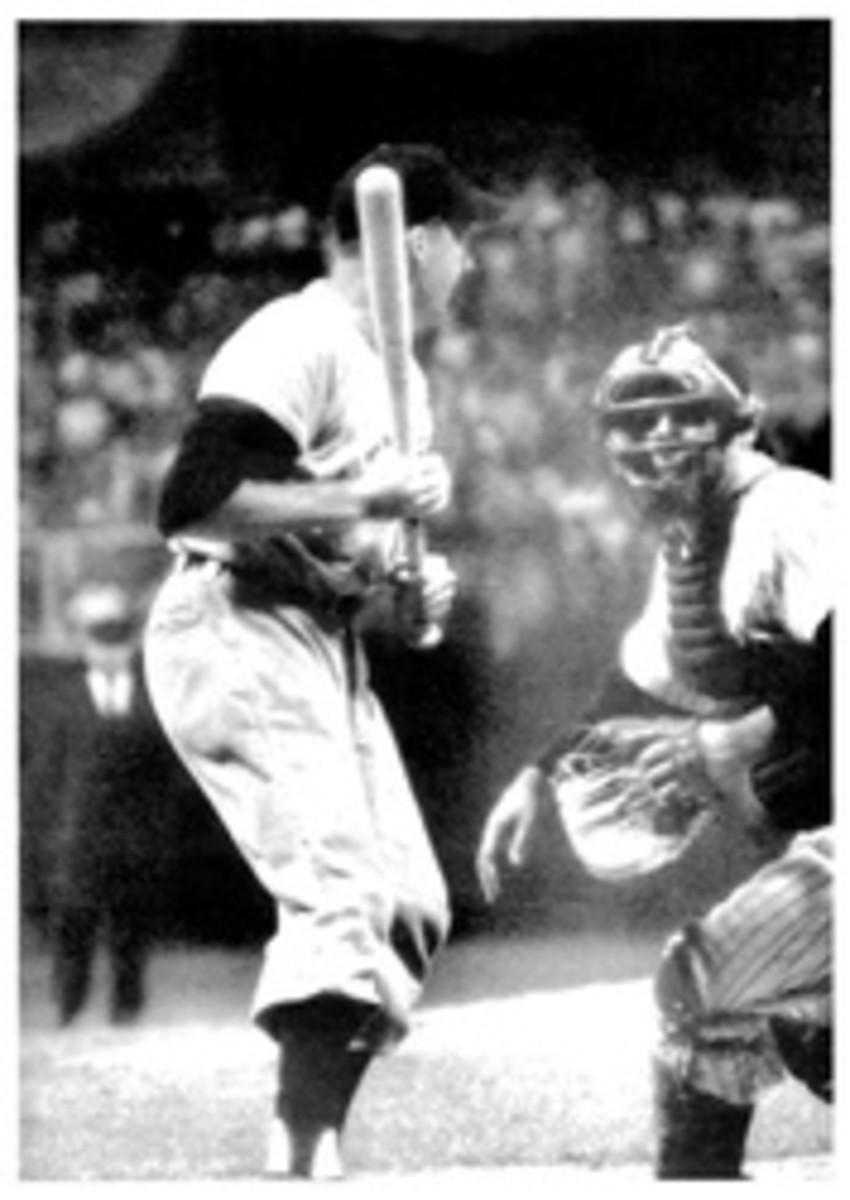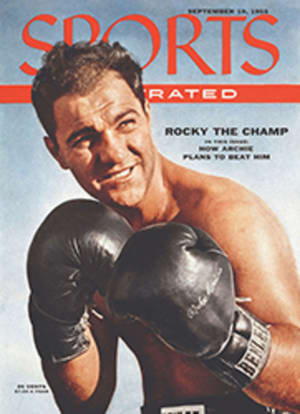
WHERE THE WILD GOOSE WAITS
Somewhere out inhigh, thick grass geese suddenly clamor as a fox springs for his breakfast or abig owl drops swiftly, grappling hooks at the ready, for his. The noisy alarmquickly dies, but it is after 4 and two axes are clunking now and bacon isfrying and then voices begin from another tent.
In a sense, thesesounds from geese and men were offstage noises for the biggest show a goosehunter can ever hope for—the annual autumn stopover in southern James Bay forall of creation's 600,000 or so blue geese, down a thousand miles from the foulclimate of Baffin and Southampton islands, where some had broken wetly from theegg not much more than two months before. Here they would stay to fatten onroots and grasses until the late October storms drove them into the upper airfor the 2,000-mile trip, sometimes nonstop, to their winter home on theLouisiana gulf coast. And here to meet them, up from the south by plane andtrain, were city men in red underwear and Dacron and nylon and well-used oldhunting clothes. In an hour or so men and geese would be re-enacting one ofmankind's classic rites, the hunt.
We'd seen thegeese the day before—a sudden rising, swirling cloud of big birds, thousands ofthem.
As we approached,they let us come so close that we could pick out the adult blues, theblack-headed yearlings, a few olive-brown young and here and there in the flockthe spectacular white blob of a lesser snow.
And later JimmyCheecho, a tall and commanding Cree with a strong, merry face, had taken fivehunters a mile back toward the shore through grass so thick that walking in itwas like walking in thigh-high water. There they had seen the geese come intheir evening flight in a mighty procession down the sky, spaced like a FifthAvenue parade, flock after flock, mostly blues and lesser snows but sometimesthe stately Canadas. The air never was empty of the sight and sound of them,and shots popped distantly, and some fell. At sundown guides and hunters wereback in camp with 13 geese, shot without hides or decoys.
For most huntersin James Bay that week in mid-September this goose hunt was aonce-in-a-lifetime experience. For four Detroiters and one Roman with whomPhotographer Ronny Jaques and I camped, it was their first trip here. TheDetroiters were Harry J. Loynd, Dr. George Rieveschl Jr., Irving Winkler andHarold G. McGregor. The fifth hunter in the group was Nicholas Laskaris, whocame to see how this compared with his own goose shoot in the marshes nearManfredonia in Italy.
Spread along about150 miles of James Bay's muddy meadows that morning were 60 or 70 otherhunters, almost all male, who had flown in to the three big commercial camps inthe area—Len Hughes's Albany camp, the Ontario Northland Railway's camp and TomWheeler's Cabbage Willows camp. We had loaded our tents and bedrolls and stovesand food into high-sided 18-foot freighter canoes and had caught the tide outone morning from the Hudson's Bay Company post on Moose Factory Island. Andhere we were, with a Cree in waders saying he'd now cut willows for our hidesand we'd leave in half an hour.
Overhead the skywas empty, but as we neared the bay shore at the creek mouth great feedingflocks of blues again let us approach into gun range.
Another Creeguide, Jimmy Marks, beached the canoe near where they'd been. About 80 yards infrom the shore-line the willows went into the sopping turf like candles into acake. About 30 yards out from the hide, toward the shore, Jimmy fashioned crudebut effective decoys out of bluish mud with bits of toilet paper attached.
And then the geesecame and we hunched down and Jimmy Marks gave out with an imperative falsettokuerk! kuerk! kuerk! as they seemed to be passing us, 200 yards away. The geeseanswered and abruptly swerved in. Ga-ga-ga-ga-ga-ga came in a restfulall-is-safe murmur from the guides. And the geese slid down toward us, wingsset, heads looking down and turning from side to side, range 60 yards, 50, 40,35—rise and fire.
AND ONE MORE MAKESSIXTY
We were in themiddle of one of three hides spread across two miles of shoreline that day. Dr.Rieveschl and Harold McGregor, hunting a mile to the northwest of us, got theirlimit of five geese each by 10:30. Harry Loynd, Irving Winkler and NickLaskaris were hunting to our southeast with Jimmy Cheecho. They had 10 more bynoon. By then I had three geese and my day's limit of eight ducks, mallards andpintails.
In the next twodays the score of geese mounted and mounted until, on the third afternoon, ourlast in camp, 48 geese had been shot, of which four had been roasted for dinnerone night; 16 more would fill the 10-geese possession limits for our sixlicenses.
The hunters wentout at 4 that last afternoon and in an hour had 15 geese. One to go. If a flockcame in, who would shoot?
Jimmy Cheechospotted the answer—a lone goose hundreds of yards away, high, bound forsomewhere far. Jimmy piercingly invited him in. The goose kept going on. Jimmypleaded and cajoled, held out he alone knew what inducements and one of themtouched this goose at least momentarily. He turned toward the hide, lookingdown, 200 yards, 100, 80—and then in a manner plainly saying to hell with it hebanked abruptly and went the other way. No one will ever know what JimmyCheecho said to that goose then, but it was different from any other call,strident and insistent, a direct order. The goose obeyed. He banked again, sethis wings, coasted in. He was the 60th.
PHOTO
RONNY JAQUES
SIXTY IN THE BAG was reward for four-day hunt. From left: Author Scott Young; Dr. George Rieveschl Jr. (Parke, Davis & Co.); Harold G. McGregor (of Central Boiler and Manufacturing Co.); Irving Winkler (Detroit building contractor); Harry J. Loynd (President of Parke, Davis & Co.); and visiting hunter from Italy, Nicholas Laskaris.
PHOTO
RONNY JAQUES
As dawn breaks over James Bay, Author-Hunter Scott Young poles his freighter canoe along flooded tidal creek in search of geese. Willow branches in canoe are cut ready for building a blind
PHOTO
RONNY JAQUES
As they catch sight of the boat some 3,000 blue and snow geese rise up from their feeding grounds in a fluttering tattoo of wings and noise, and the air is never empty of the sight and sound of them
TWO PHOTOS
RONNY JAQUES
On prairielike marshes the Cree Indian guide builds the blind (left) with willow branches. And then the geese come answering the call, sliding down toward it, wings set, range 50 yards, 40...rise and fire!
PHOTO
RONNY JAQUES
Tramping across a tidal mud flat to retrieve a fallen goose Young is lone figure in an unreal world of blueness caused when horizon disappears into perfect reflection of sky in the water

